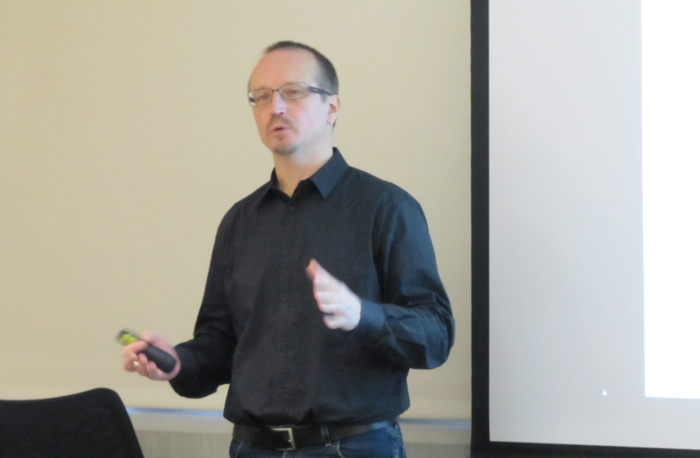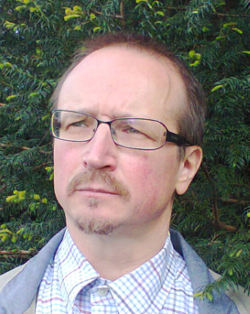NIMBioS Seminar Series
In conjunction with the interdisciplinary activities of the National Institute for Mathematical and Biological Synthesis (NIMBioS), a seminar series on topics in mathematical biology will be hosted at NIMBioS every other Tuesday at 3:30 p.m. (unless otherwise noted) in the Hallam Auditorium, Room 206, Claxton Building, 1122 Volunteer Blvd. Seminar speakers will focus on their research initiatives at the interface of mathematics and many areas of the life sciences. Light refreshments will be served in Room 205 beginning 30 minutes before each talk. Faculty and students from across the UT community are welcome to join us.
Speaker:
Dr. Sergei Petrovskii, Mathematics, Univ. of Leicester
Time/Date: Tuesday, November 8, 2016, 3:30*
Location:
Room 105, Claxton Building, 1122 Volunteer Blvd.
Topic:
Biological invasion: Patchy invasion as a new paradigm of alien species spread
Abstract:
Biological invasion can be generically defined as the uncontrolled spread and proliferation of species to areas outside of their native range, hence called alien, usually following their unintentional introduction by humans. A conventional view of the alien species spatial spread is that it occurs via the propagation of a travelling "population front." In a realistic 2D system, such a front normally separates the invaded area behind the front from the uninvaded areas in front of the front. There is, however, an alternative scenario called "patchy invasion" where the spread takes place via the spatial dynamics of separate patches of high population density with a very low density between them, and a continuous population front does not exist at any time. Patchy invasion has often been observed in nature (perhaps the most well-known case is the gypsy moth spread), and it has been studied theoretically in much detail using diffusion-reaction models. However, diffusion-reaction models have many limitations; in particular, they almost completely ignore the so-called long distance dispersal (usually associated with the movement pattern known as Levy flights). Correspondingly, I will then present some recent results showing that patchy invasion can occur as well when long distance dispersal is taken into account. In this case, the system is described by integral-difference equations with fat-tailed dispersal kernels. I will also show that apparently minor details of kernel parametrization may have a relatively strong effect on the rate of species spread. I will complete my talk with a discussion of the implications of patchy invasion and remaining challenges in its understanding, with a special focus on possible evolutionary strategies that may result in the patchy spread.
Sergei Petrovskii is a mathematician with thirty years of experience in modeling of natural phenomena. For the last 25 years Petrovskii's research has been focused on nonlinear dynamics, dynamical systems' application to ecology and ecological complexity. Petrovskii has published three books and 100+ papers in peer-reviewed journals. He has co-managed several research projects supported by various national and international foundations. He is the Editor-in-Chief of Ecological Complexity, and has been a (co)organizer and/or invited speaker at about twenty international conferences.
*Join us for refreshments at 3 p.m.
Seminar Flyer (pdf)
For more information about this and other NIMBioS Seminars, visit /seminars.

NIMBioS
1122 Volunteer Blvd., Suite 106
University of Tennessee
Knoxville,
TN 37996-3410
PH: (865) 974-9334
FAX: (865) 974-9461
Contact NIMBioS



